USFS Invests $33M to Support Rural Schools & Communities
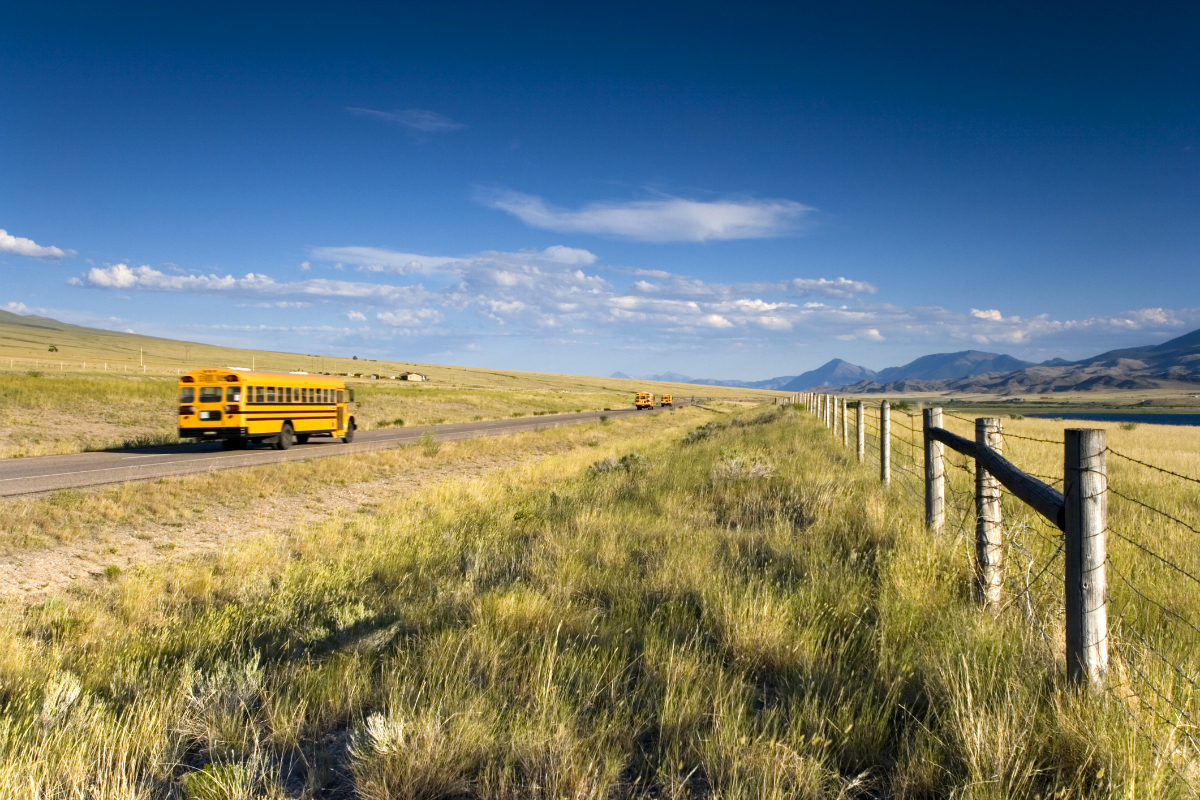
USFS Invests $33M to Support Rural Schools & Communities
On April 12, the U.S. Forest Service announced that California will receive over $33 million of a $232 million package to support public schools, roads and other municipal services through the agency’s Secure Rural Schools program. The funds support crucial public services and pave the way for more jobs. In addition to directly aiding rural schools and roads, funds will reimburse counties for national forest emergency services, and assist in creating community wildfire protection plans.
Two New Films Showcase Paths to Heal CA’s Relationships with Fire and Watersheds
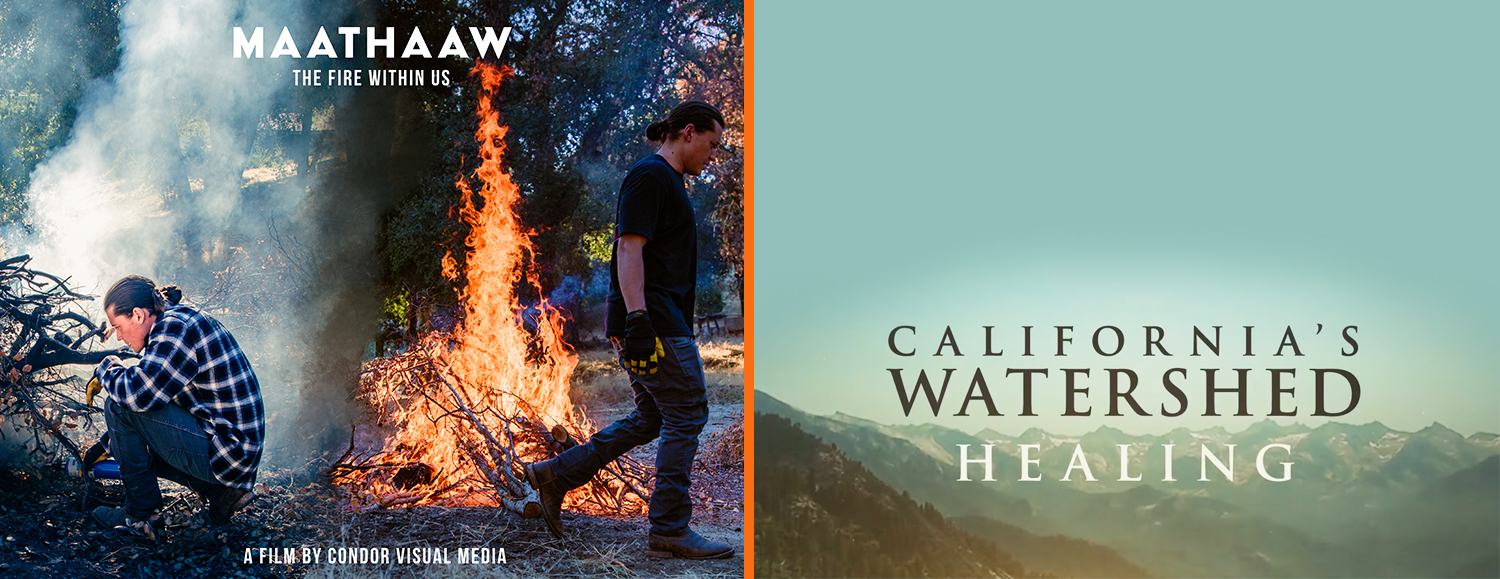
New Films Showcase Paths Forward to Heal California’s Relationships with Fire and Watersheds
MAATHAAW: The Fire Within Us
A powerful, Indigenous-led research documentary created by the Condor Visual Media team with support from the Climate Science Alliance, this film documents the cultural, emotional, and scientific relationships of Southern California Tribes with the gift of fire. The film features cultural practitioners who were part of a panel on Cultural Fire and Indigenous Stewardship at our recent Southern California Task Force meeting. The project is still in production with an anticipated release in Spring 2024. However, you can watch the informative and inspiring 12-minute extended trailer now! Learn more about the project and donate here.
California’s Watershed Healing
Documenting how restoring forests to healthier densities has cascading benefits starting from headwaters to watersheds and ultimately to the state’s water supply, this beautiful film features an array of Task Force partners and makes a compelling case for California to better align goals for forest, wildfire, watershed, and landscape resilience. The full-length film created by UC’s Center for Ecosystem Climate Solutions and the nonprofit Chronicles Group is available to watch here.
USFS Investments to Help Landowners Access Climate Markets

USFS Investments to Help Landowners Access Climate Markets
On March 15, the USFS announced it is investing nearly $145 million from the Inflation Reduction Act to connect forest landowners with emerging climate markets. This will expand access to markets for underserved and small-acreage forest landowners to address climate change. $32 million will go to organizations with multi-state projects that will impact California.
“Private landowners are key in the fight for climate resilience and forest health,” said Agriculture Secretary Tom Vilsack. “These investments announced today will expand access to markets that were previously out-of-reach, allowing underserved and small-acreage forest landowners to address climate change, while also supporting rural economies and maintaining land ownership for future generations.”
USFS Pacific Southwest Region Releases Broader-Scale Monitoring Results Viewer
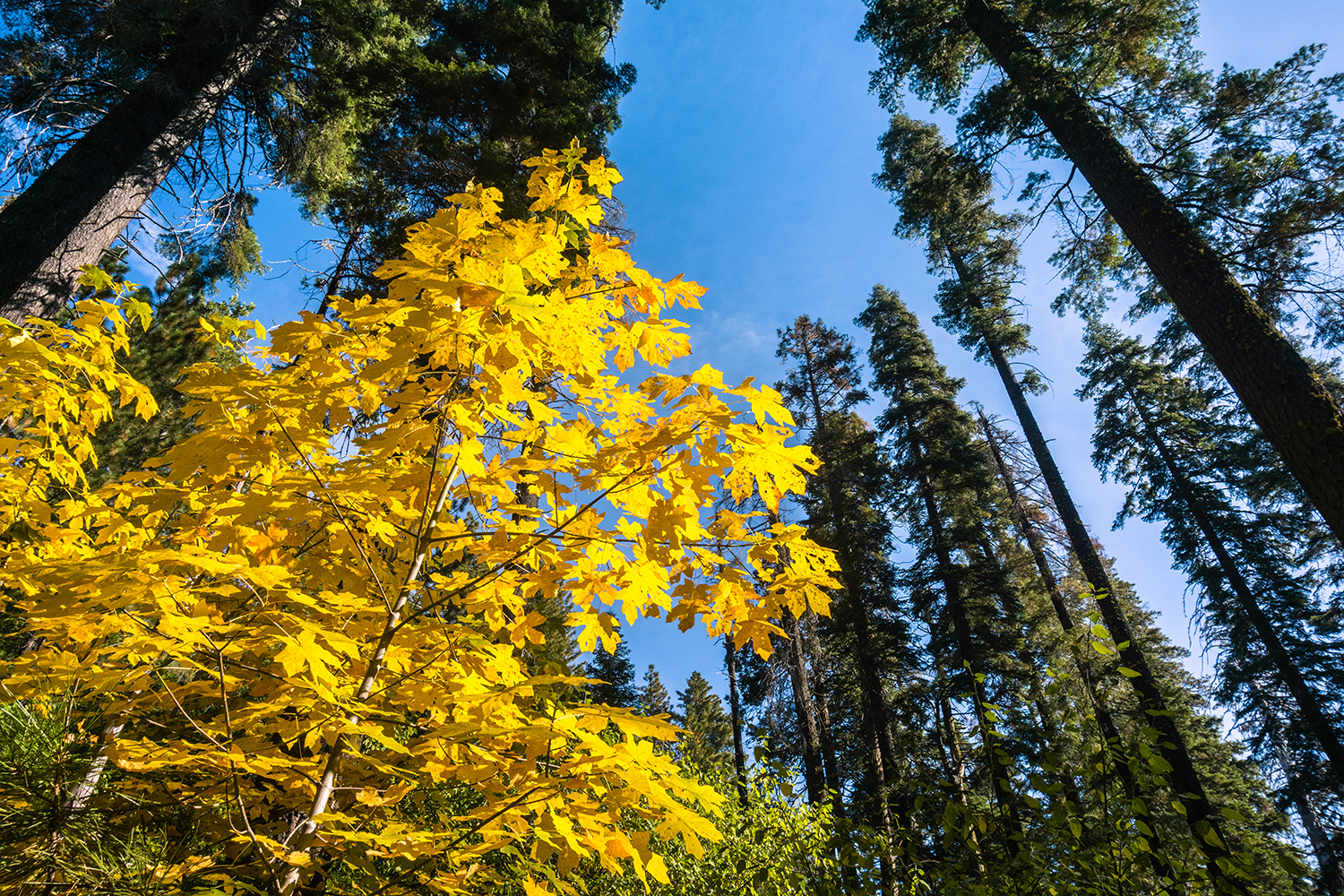
USFS Pacific Southwest Region Releases Broader-Scale Monitoring Results Viewer
A Broader-Scale Monitoring Strategy is an overarching strategy to help answer questions at a broad geographic scale that goes beyond one plan area.
On April 5, 2024, the USFS Pacific Southwest Region released the first results of their Broader-Scale Monitoring Strategy which evaluates the status and trend of social, economic, and ecological conditions on National Forest System lands in California. Monitoring results show that national forests in California have been weakened by chronic stress from climate change as well as climate-amplified disturbances like insect infestation, disease, and wildfire. You can download pdf reports of the results or explore the results and data yourself with interactive features such as dashboards and searchable maps.
USFS Study Shows How Fuel Treatments Improve Wildfire Outcomes
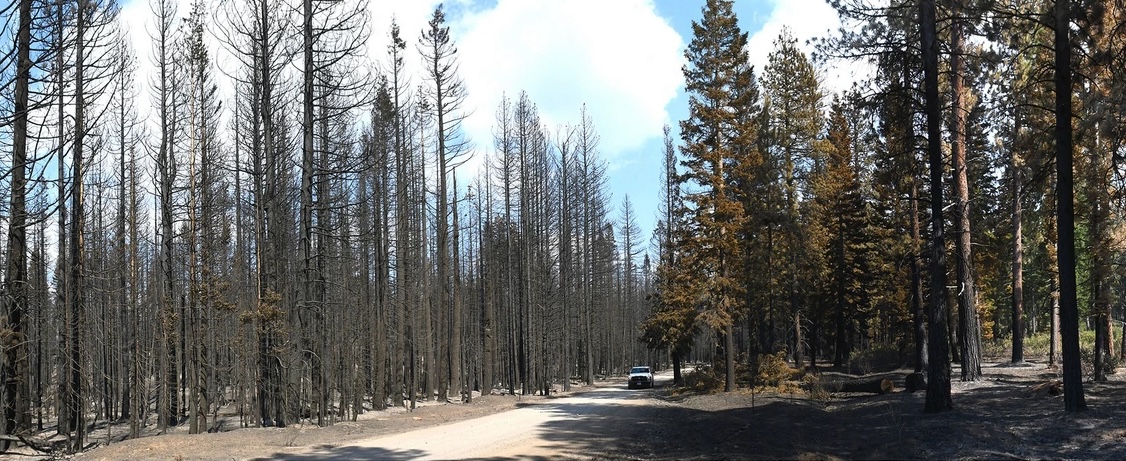
USFS Pacific Southwest Research Station (PSW) Study Shows How Fuel Treatments Improve Wildfire Outcomes
PSW researchers recently published findings that provide strong evidence for the use of fuel treatments to mitigate fire behavior and resulting fire severity even under extreme fire weather conditions. When the 2021 Antelope Fire tore through the Goosenest Adaptive Management Area (long-term research plots set up in northeastern California in the late 1990s), it seemed that 20 years worth of research had been lost. However, shortly after the fire a 2,300-acre study was conducted that demonstrates how reducing canopy bulk density via mechanical thinning treatments can help to limit crown fire behavior for 20 years or more. The findings make a compelling case for doing both tree thinning and prescribed burning to protect forests in the future.
Tahoe Conservancy Grant Supports Joint USFS-Washoe Tribe Project at Meeks Meadow
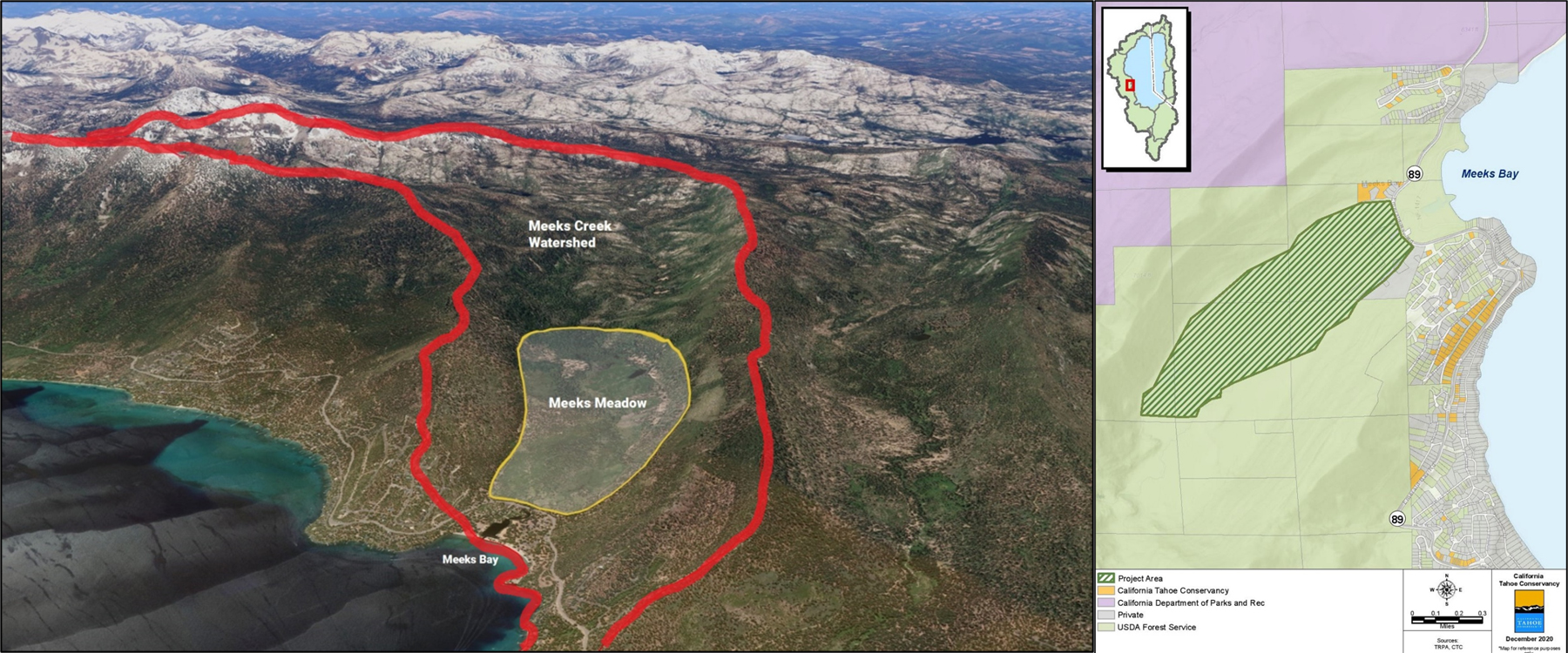
Tahoe Conservancy Awards $600,000 Grant to Support Joint USFS-Washoe Tribe Project at Máyala Wáta (Meeks Meadow)
The California Tahoe Conservancy has awarded a $600,000 grant to the USDA Forest Service Lake Tahoe Basin Management Unit (LTBMU) for forestry operations as part of its joint project with the Washoe Tribe of Nevada and California to restore Máyala Wáta (Meeks Meadow). The absence of low-intensity fire has allowed lodgepole pines to encroach on the meadow, drying the soils and reducing the availability of culturally significant plants. The LTBMU will use these funds, matched by $1 million in federal funds, to remove encroaching conifers from 213 acres of the meadow and thin 70 acres of the surrounding upland forest. This federal, state, and tribal partnership is an excellent example of how Task Force partners can work together to achieve multiple benefits, from improving wildlife habitat to promoting culturally significant plants.
CA Climate Hub Receives USFS Region 5 Partnership of the Year Award
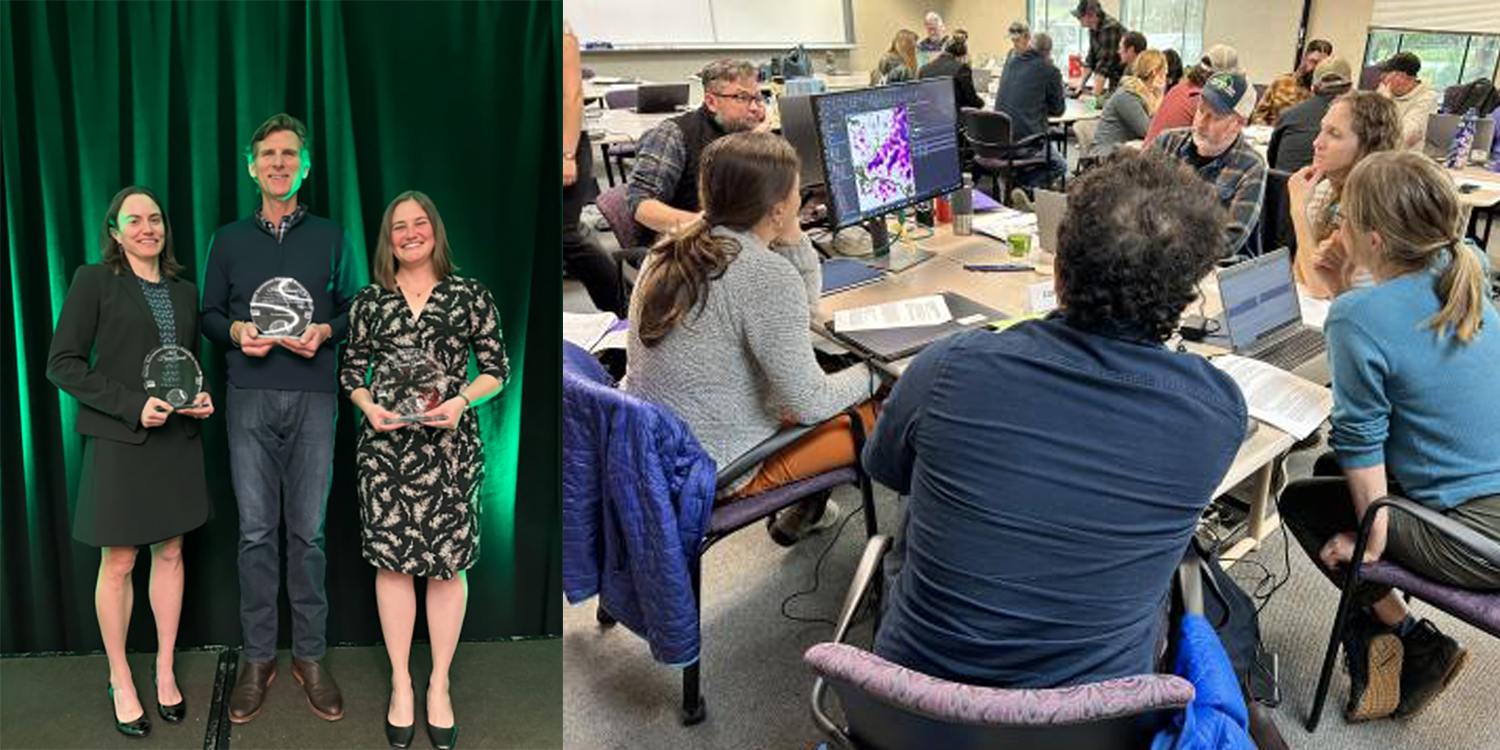
California Climate Hub Receives USFS Region 5 Partnership of the Year Award
The USDA Forest Service Region 5 awarded the California Climate Hub the 2023 Honor Award for Partnership of the Year for their efforts to develop and deliver climate literacy and web-based climate tools trainings. The trainings familiarized participants with relevant information on climate and climate models and provided hands-on experience using two web-based climate data tools: Cal-Adapt and Climate Toolbox. Additionally, the California Climate Hub has designed and delivered a series of workshops focused on the applications of the California Wildfire and Forest Resilience Task Force’s Regional Resource Kits. The most recent workshop gathered forest managers from local, state, and federal agencies at Shasta-Trinity National Forest in Redding.
USFS Invests $179M to Confront Wildfire Crisis
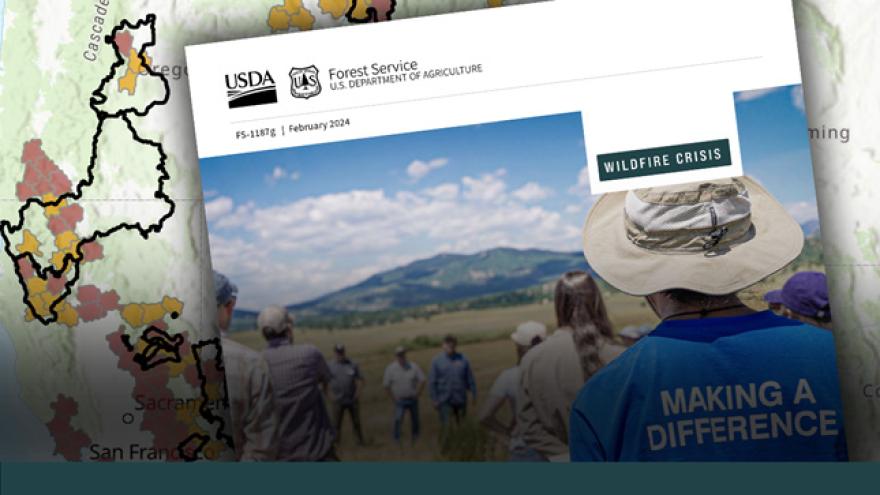
USDA Forest Service Invests Nearly $179 Million for Priority Landscapes in California to Confront Wildfire Crisis
On February 20, the USDA Forest Service announced it will invest nearly $179 million into priority landscapes across California as part of a $500 million national investment to expand work on the Wildfire Crisis Strategy to reduce risk to communities, critical infrastructure, and natural resources from the nation’s ongoing wildfire and climate crisis. This builds on the $2.8 billion already invested by Governor Newsom and California’s Legislature to take proactive actions to reduce catastrophic wildfire risks, protect communities, and restore the health of our landscapes.
“These and other federal investments are vital to match the Governor’s $2.8 billion investment over the last several years. They will also strengthen our partnership with the Forest Service, California’s largest landowner, in taking an ‘all-lands’ approach to improve the health of our forests and the safety of our communities,” said California Wildfire and Forest Resilience Task Force Director, Patrick Wright.
Funding has been designated for the following projects:
| Regional Landscapes | FY24 Allocation |
| Stanislaus | $57,663,352 |
| North Yuba | $16,489,560 |
| Sierra and Elko Fronts (includes CA & NV) | $27,692,340 |
| Klamath River Basin (includes CA & OR) | $36,831,090 |
| Plumas Community Protection | $3,522,500 |
| Southern California | $1,915,000 |
| Trinity | $34,749,886 |
| Total Allocation FY24: | $178,863,728 |
An additional $100 million will be allocated across 24 qualifying states under a new Forest Service program — the Collaborative Wildfire Risk Reduction Program which will expand work in high-risk wildfire areas outside the 21 priority landscapes. The Collaborative Wildfire Risk Reduction Program will use hazardous fuels funds from the Inflation Reduction Act to treat areas in other high-risk wildfire areas where national forests and grasslands meet homes and communities.
Planscape Adds All Four CA Regions and Launches Plan Journey
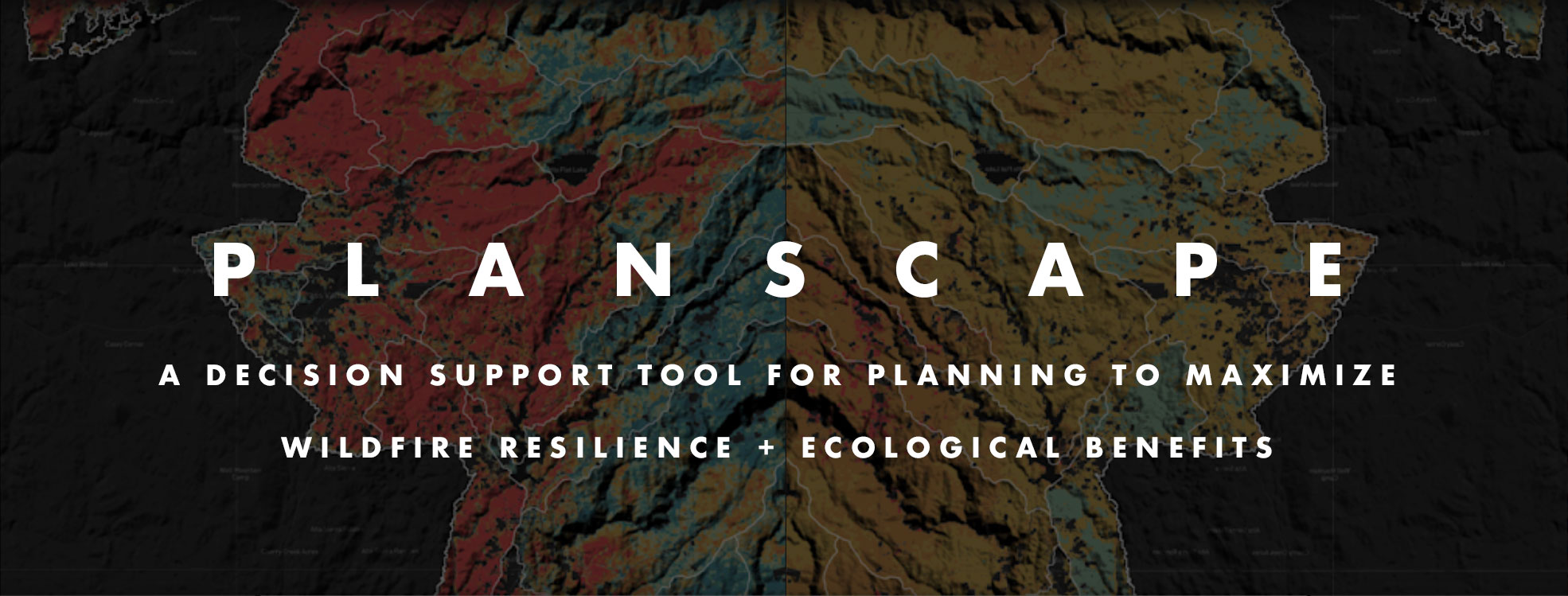
Planscape Adds All Four CA Regions and Launches Plan Journey
Planscape is a free decision support tool built to maximize wildfire resilience and ecological benefits across California. Planscape has expanded its coverage to Northern California and now offers statewide coverage. The recently launched Plan journey helps determine the best locations for land treatment. Planscape is a collaborative effort by the California Natural Resources Agency, the US Forest Service, The University of California, and Spatial Informatics Group (SIG) with support from Google.org.
USFS Awards Stanislaus National Forest $57.6M in FY24 Wildfire Crisis Strategy Landscape Funding
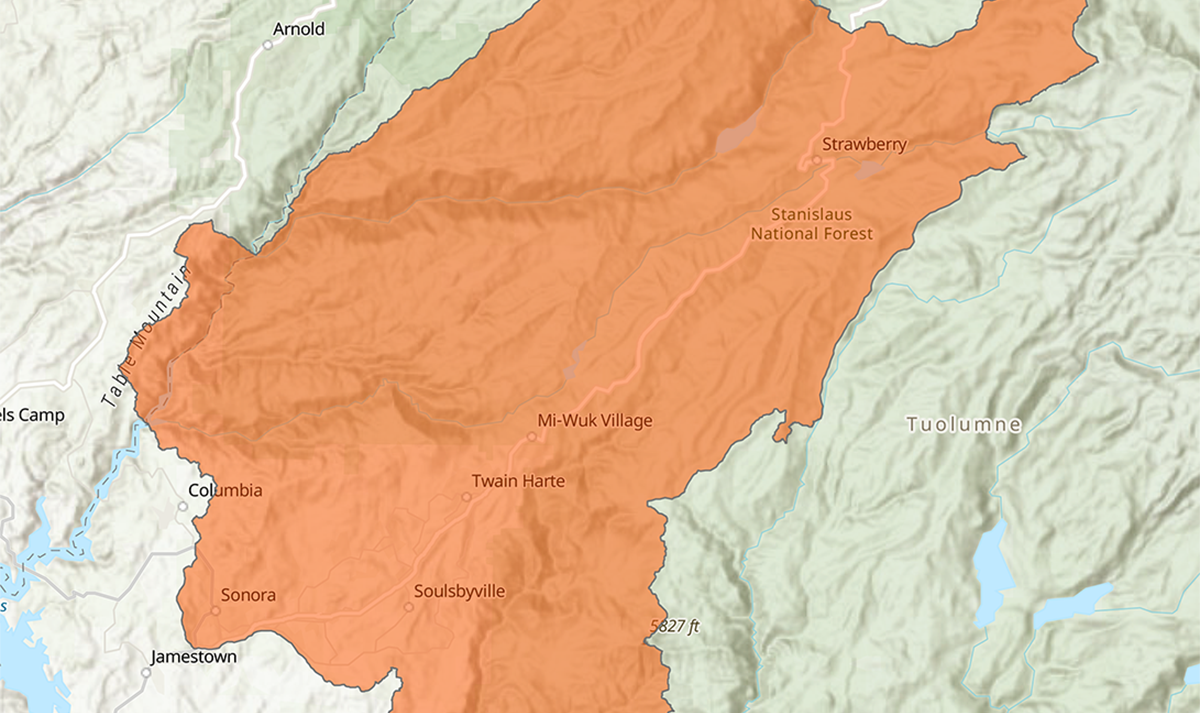
USFS Awards Stanislaus National Forest $57.6M in FY24 Wildfire Crisis Strategy Landscape Funding
Stanislaus National Forest is currently into year three of a ten-year, 305,000-acre project to reduce fuel loads on the forest through a variety of methods to include mechanical thinning and the application of prescribed fire. FY24 funding is part of USFS’ Wildfire Crisis Strategy, which also includes the already underway Social and Ecological Resilience Across the Landscape (SERAL) Project being implemented by Stanislaus National Forest, Tuolumne County and Yosemite Stanislaus Solutions (YSS), a collaborative of 25 local industry, environmental and recreational groups.

